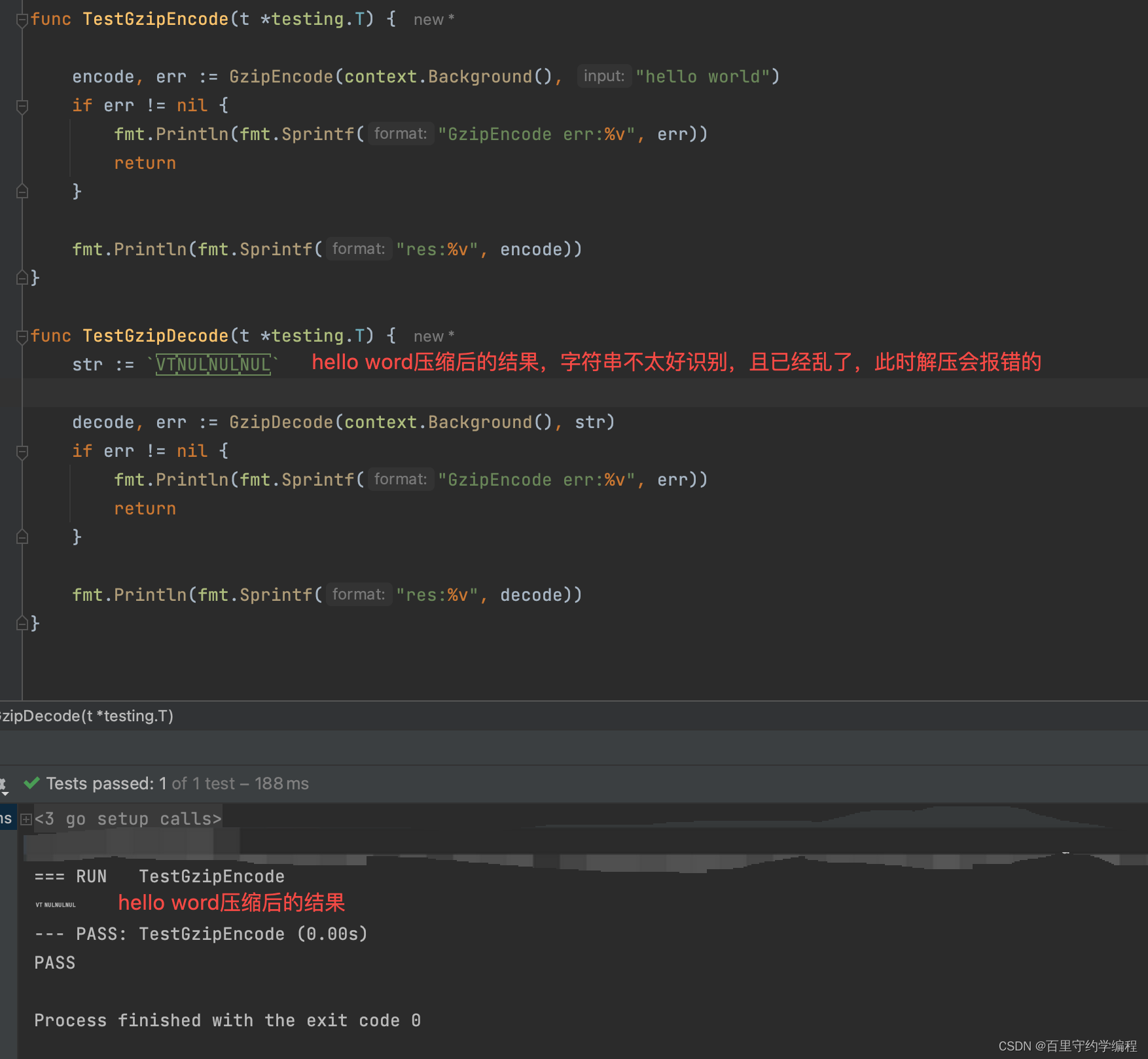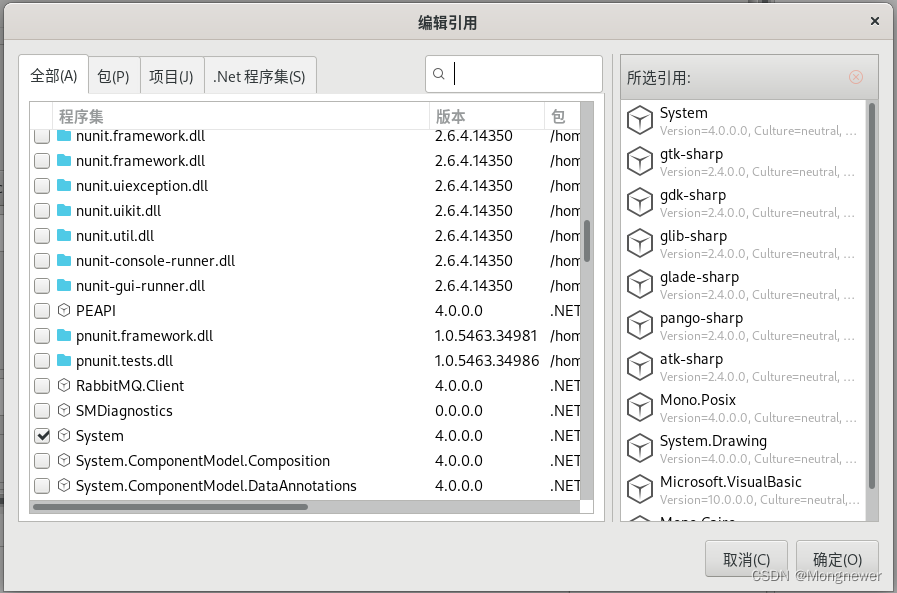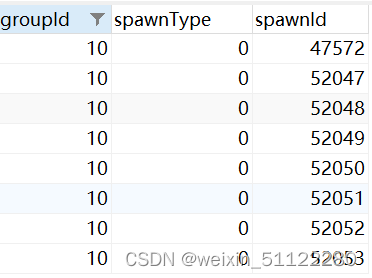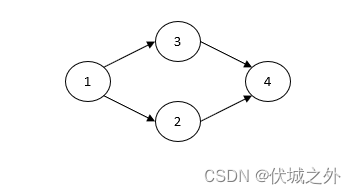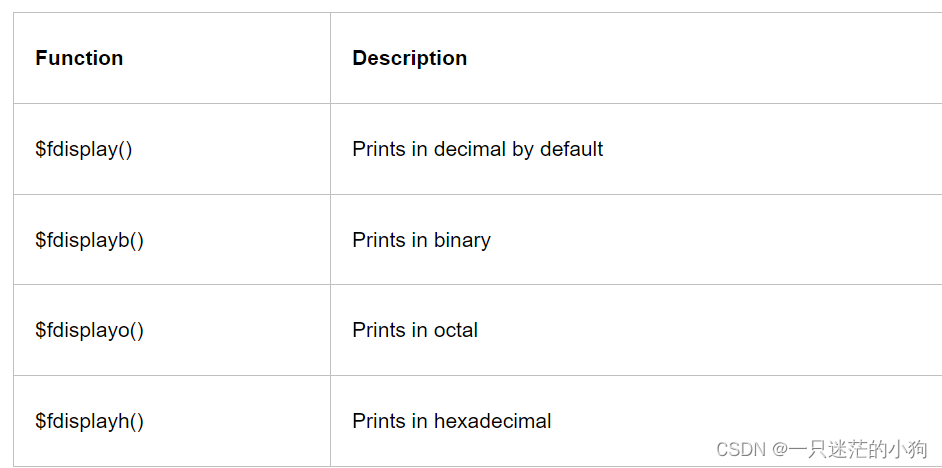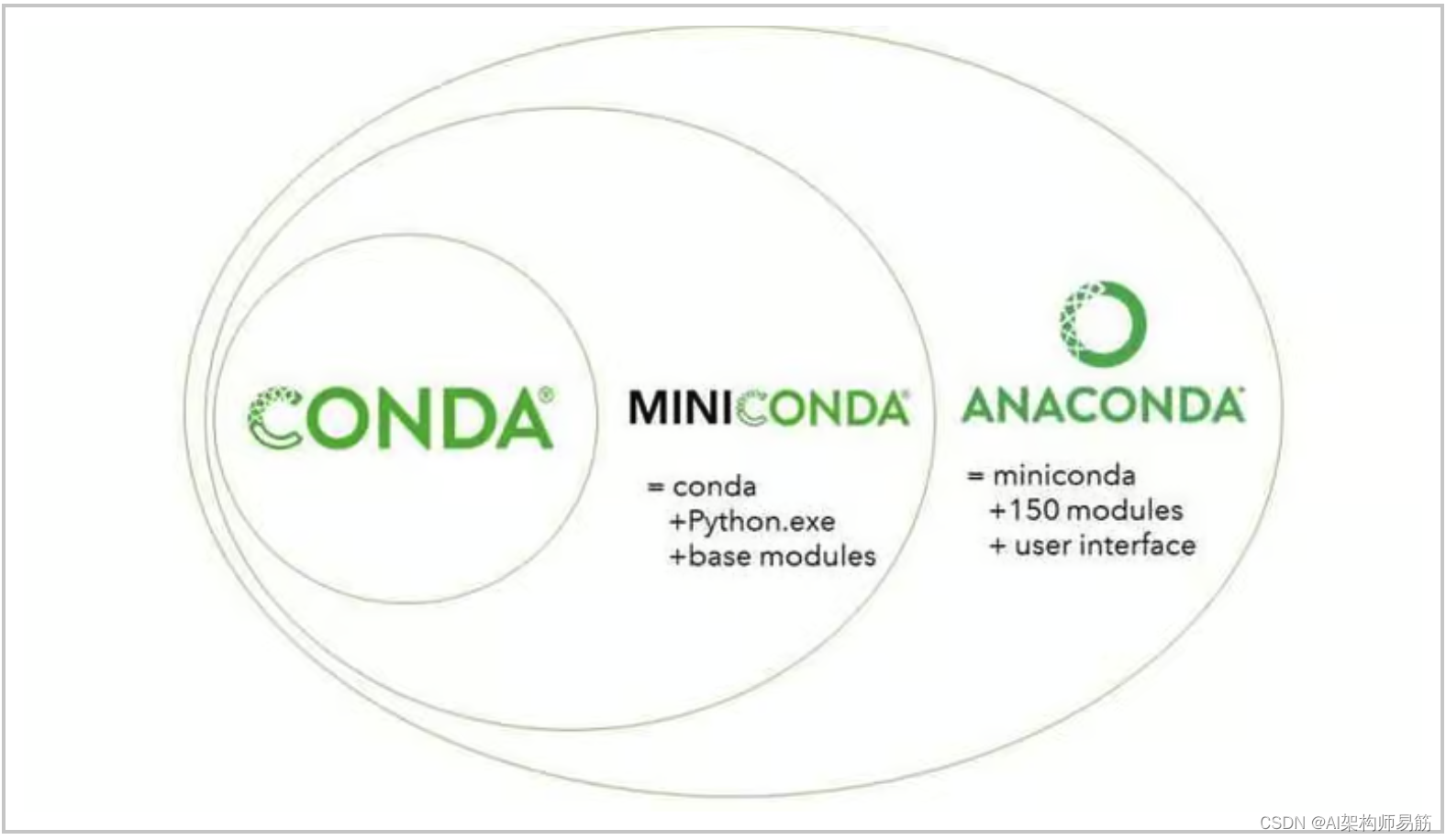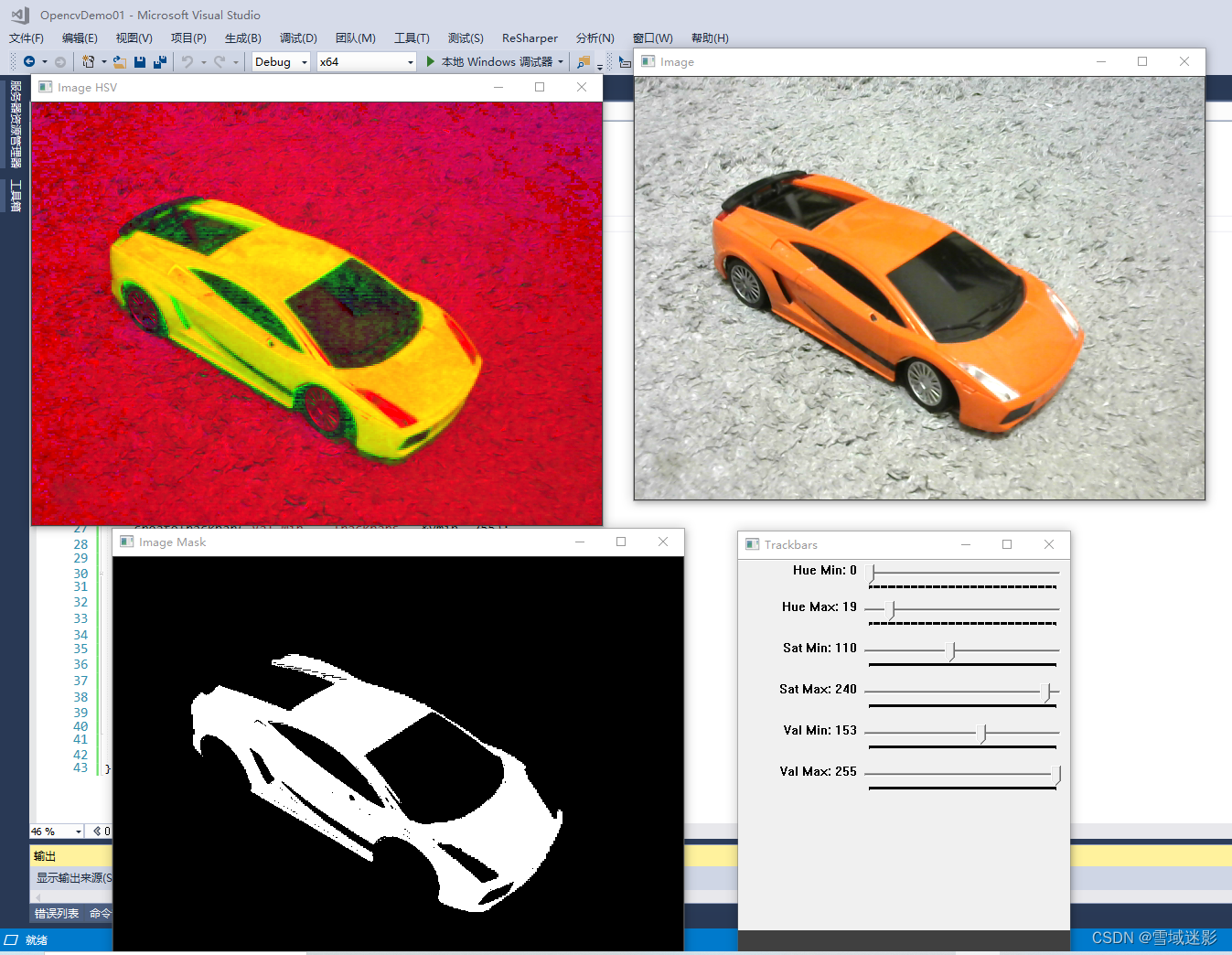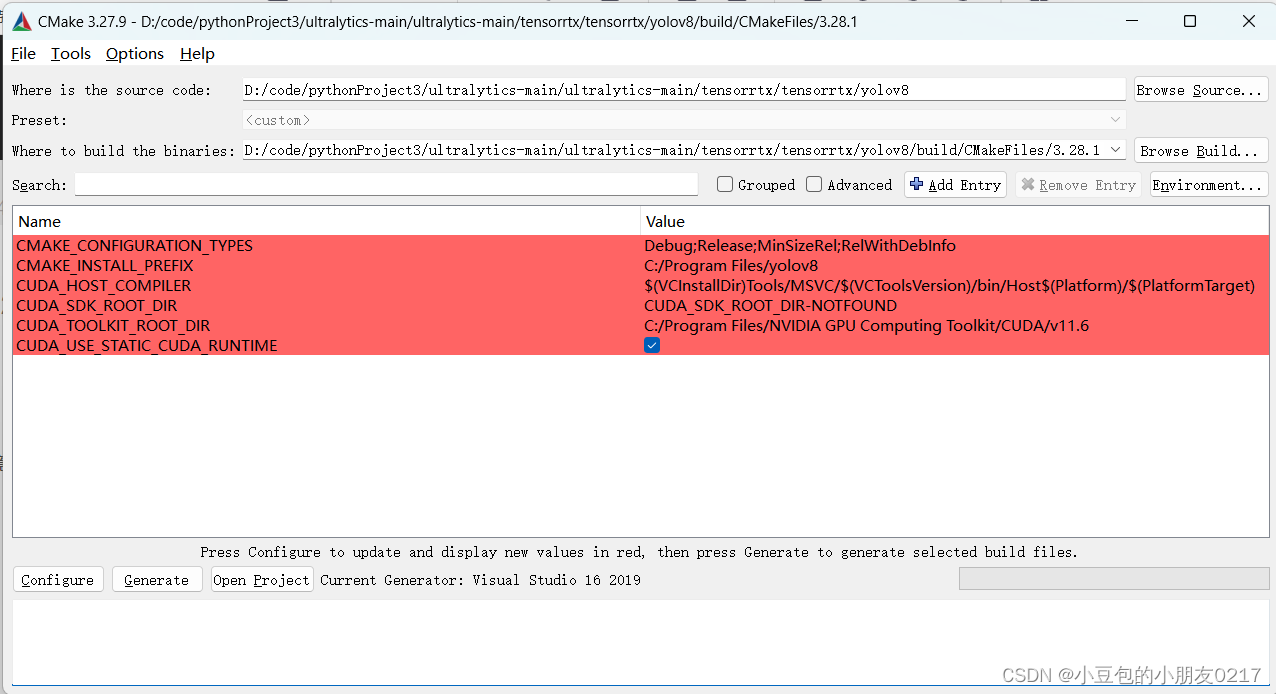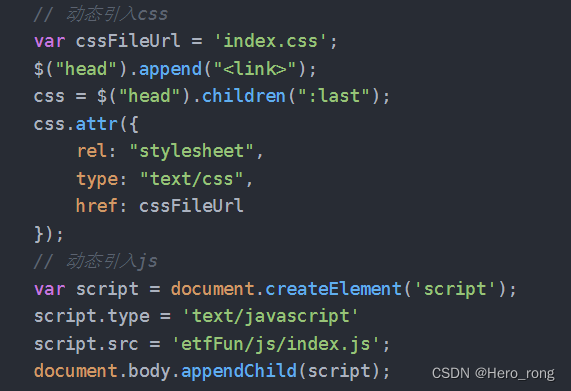1,概述
函数的作用:将一段经常使用的代码封装起来,减少重复代码
一个较大的程序,一般分为若干个程序块,每个模块实现特定的功能。
2,函数的定义
函数的定义一般主要有五个步骤:
1,返回值类型:一个函数可以返回一个值,在函数定义中。
2,函数名:给函数起个名称。
3,参数列表:使用该函数时,传入的数据。
4,函数体语句:花括号内的代码,函数内需要执行的语句。
5,return 表达式:和返回值类型挂钩,函数执行完成后,返回相应的数据。,2,语法

示例

3,函数功能的调用
功能:使用定义好的函数
语法:函数名(参数)
示例:
#include<bits/stdc++.h>
using namespace std;
//定义加法函数
int add(int num1,int num2){
int sum=num1+num2;
return sum;
}
int main(){
//main函数中调用add函数
int a=10;
int b=20;
//函数调用语法:函数名称(参数)
int c=add(a,b);
cout<<"c="<<c<<endl;
}
需要注意的是,在函数定义时,也就是int add(int num1,int num2)时,num1和num2被称为函数的形式参数,简称形参。在main函数中调用add函数时传入的a,b被称为实际参数,简称实参。在函数调用的过程中实参的值会被传递给形式参数。
4,值传递
- 所谓值传递,就是函数调用时实参将数值传入给形参
- 值传递时,如果形参发生,并不会影响实参
#include<bits/stdc++.h>
using namespace std;
void swap(int num1,int num2){
cout<<"before swap: "<<endl;
cout<<"num1= "<<num1<<endl;
cout<<"num2= "<<num2<<endl;
int temp=num1;
num1=num2;
num2=temp;
cout<<"after swap: "<<endl;
cout<<"num1= "<<num1<<endl;
cout<<"num2= "<<num2<<endl;
//return :返回值不需要的时候可以不写
}
int main(){
int a=10;
int b=20;
cout<<"a= "<<a<<endl;
cout<<"b= "<<b<<endl;
//当我们做值传递的时候,函数的形参发生改变,并不会影响实参
swap(a,b);
cout<<"a= "<<a<<endl;
cout<<"b= "<<b<<endl;
} 
可以看出,虽然以a,b为形参执行了一遍互换的操作,但是其本身的值(实参)还是没有变
原理:涉及到计算机组成原理,内存管理与分配问题

5,函数的常见样式
常见的函数样式有4种,即在函数定义过程中函数的四种格式,他们也分别对应了四种调用方法:
1,无参无返
2,有参无返
3,无参有返
4,有参有返
示例:
#include<bits/stdc++.h>
using namespace std;
//无参无返
void test01(){
cout<<"this is test01"<<endl;
}
//有参无返
void test02(int a){
cout<<"this is test02 a= "<<a<<endl;
}
//无参有返
int test03(){
cout<<"this is test03"<<endl;
return 100;
}
//有参有返
int test04(int a){
cout<<"this is test04 a="<<a<<endl;
return a;
}
int main(){
//无参无返调用
test01();
//有参无返调用
test02(100);
//无参有返调用
int num1=test03();
cout<<"num1= "<<num1<<endl;
//有参有返调用
int num2=test04(10000);
cout<<"num2= "<<num2<<endl;
} 结果: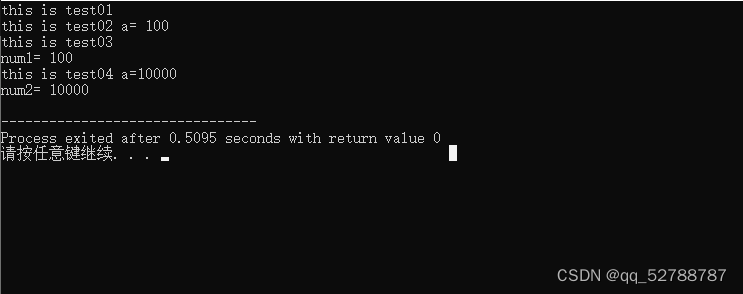
6,函数的声明
作用:告诉编译器函数名称及如何调用函数。函数的实际主体可以单独定义
函数的声明可以多次,但是函数的定义只能有一次
#include<bits/stdc++.h>
using namespace std;
//函数的声明
int max(int a,int b);
//函数的定义
int max(int a,int b){
return a>b?a:b;
}
int main(){
cout<<max(10,20)<<endl;
}输出:20
7,函数的分文件编写
作用:让代码结构更加清晰
函数分文件编写一般有四个步骤
1,创建后缀名为.h的头文件
2,创建后缀名为.cpp的源文件
3,在头文件中写函数的声明
4,在源文件中写函数的定义
示例:
#include<bits/stdc++.h>
using namespace std;
//函数的分文件编写
//实现两个数字进行交换的函数
void swap(int a,int b);
//函数的定义
void swap(int a,int b){
int temp=a;
a=b;
b=temp;
cout<<"a= "<<a<<endl;
cout<<"b= "<<b<<endl;
}
int main(){
int a=10;
int b=20;
swap(a,b);
}
拆分为:
swap.h
#include<iostream>
using namespace std;
//函数的声明
void swap(int a,int b);swap.cpp
#include"swap.h"
//函数的定义
//实现两个数字进行交换的函数
void swap(int a,int b){
int temp=a;
a=b;
b=temp;
cout<<"a= "<<a<<endl;
cout<<"b= "<<b<<endl;
} 函数的分文件编写.cpp
#include<iostream>
using namespace std;
#include"swap.h"
//函数的分文件编写
int main(){
int a=10;
int b=20;
swap(a,b);
}
